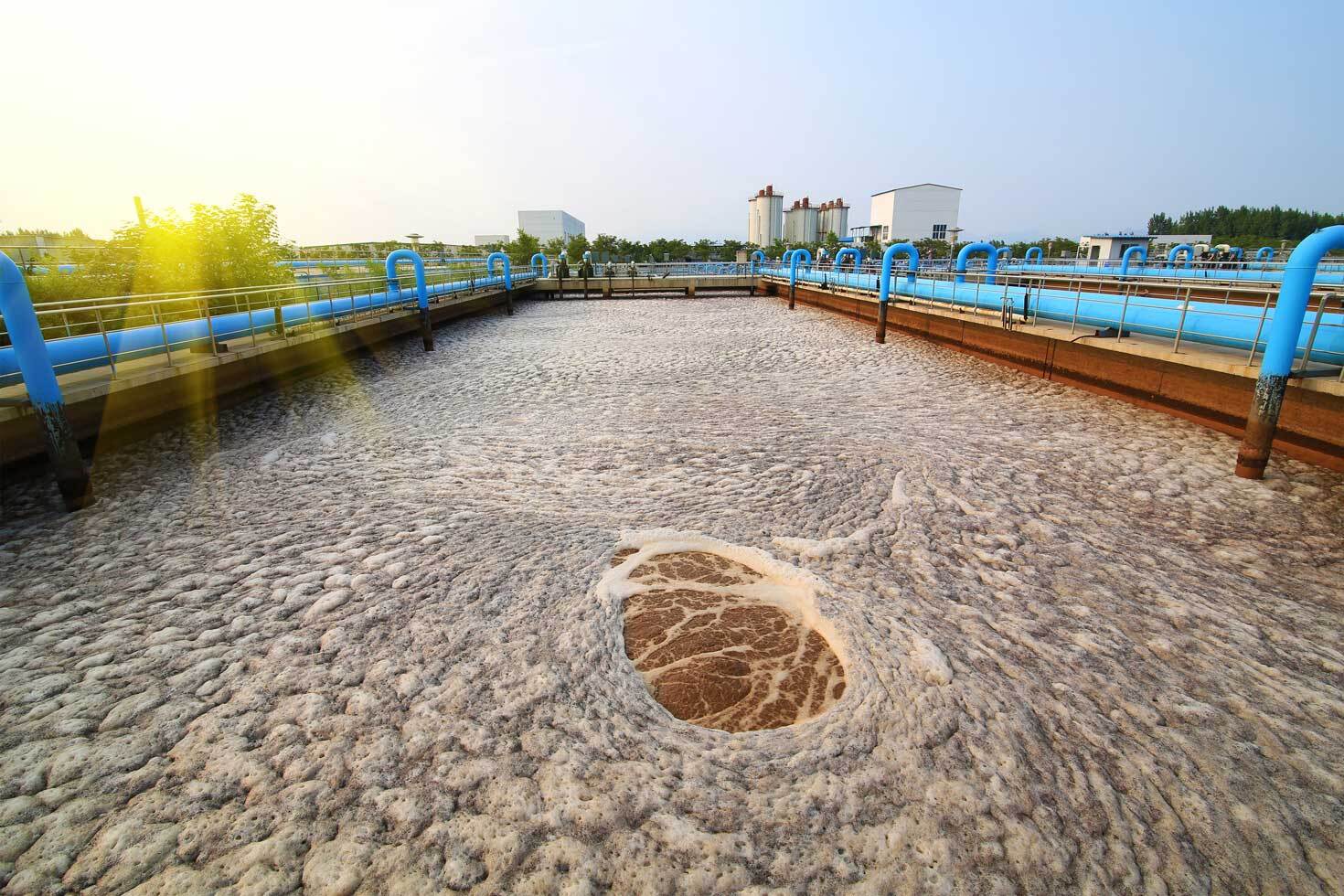5 typical questions about COD
In the ever-evolving landscape of industrial processes, the need for sustainable and efficient solutions is paramount. One crucial aspect that often demands attention is the management of Chemical Oxygen Demand (COD) within industrial settings. As industries strive for environmental responsibility, the spotlight turns to innovative technologies that can effectively mitigate COD levels. In this article, we delve into the heart of the matter, addressing five typical questions surrounding COD and shedding light on its implications for industrial water quality. At the forefront of this discussion is DESOTEC, a pioneering force in the industry. Specializing in activated carbon-based filtering solutions, DESOTEC is committed to tackling COD challenges head-on, offering transformative and sustainable solutions.




